Introduction to model-based clustering
Mixture Models in R

Victor Medina
Researcher at The University of Edinburgh
What is clustering?
The procedure of partitioning a set of observations into a set of meaningful subclasses
$\to$ Help to explore and understand the natural structure in a dataset
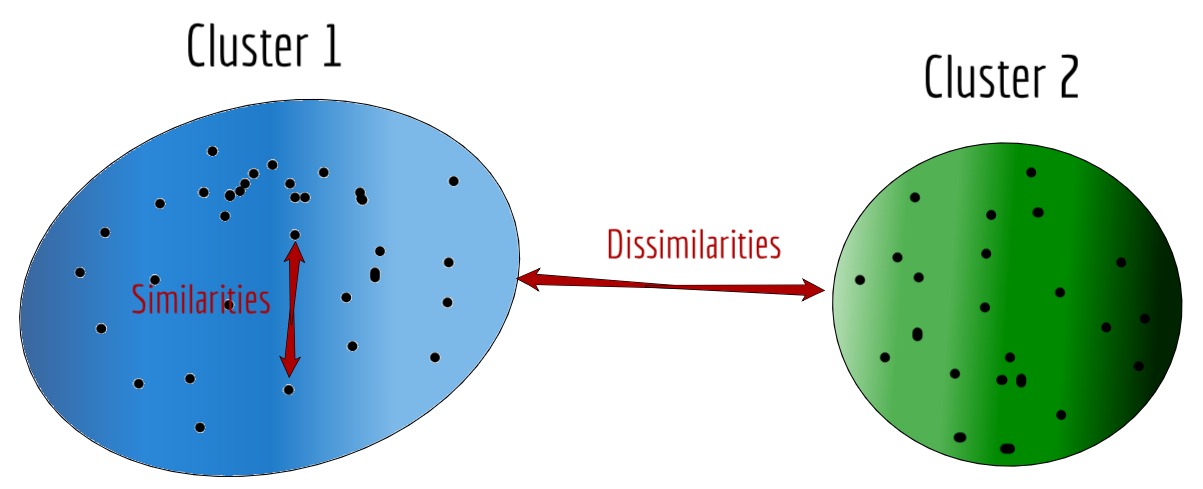
Applications of clustering
- Medicine
- Ex. In medical imaging to distinguish between different types of tissue
- Business
- Ex. To discover distinctive groups of customers to develop targeted marketing programs
- Social Sciences
- Ex. To identify zones in a city by the type of committed crimes to manage law enforcement resources more effectively
Clustering methods
- Partitioning techniques
- Find centers of clusters among the observations and each one is assigned to the cluster that has the closest center. Ex. Kmeans
- Hierarchical techniques
- Connect the observations based on their similarity to form clusters. Ex. Hierarchical clustering
- Model-base methods
- Use probabilistic distributions to create the clusters. Ex. Mixture models
Gender dataset
gender <- read.csv("gender.csv")
head(gender)
Height Weight BMI
1 73.84702 241.8936 31.18576
2 68.78190 162.3105 24.12104
3 74.11011 212.7409 27.23291
4 71.73098 220.0425 30.06706
5 69.88180 206.3498 29.70803
6 67.25302 152.2122 23.66049
Gender dataset: Can you guess the gender?
library(ggplot2)
ggplot(gender, aes(x = Weight, y = BMI)) + geom_points()
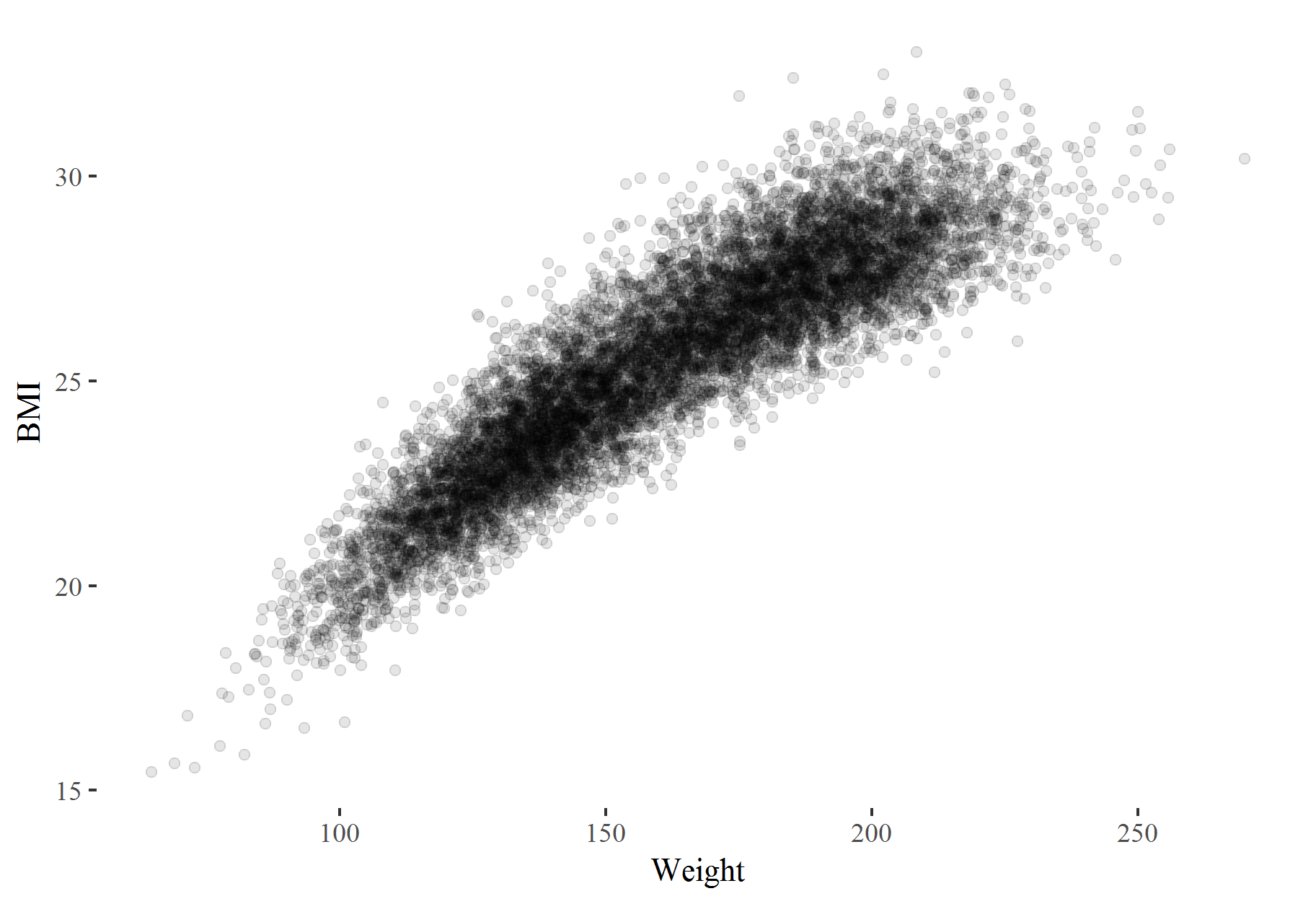
Gender dataset: Can you guess the gender?
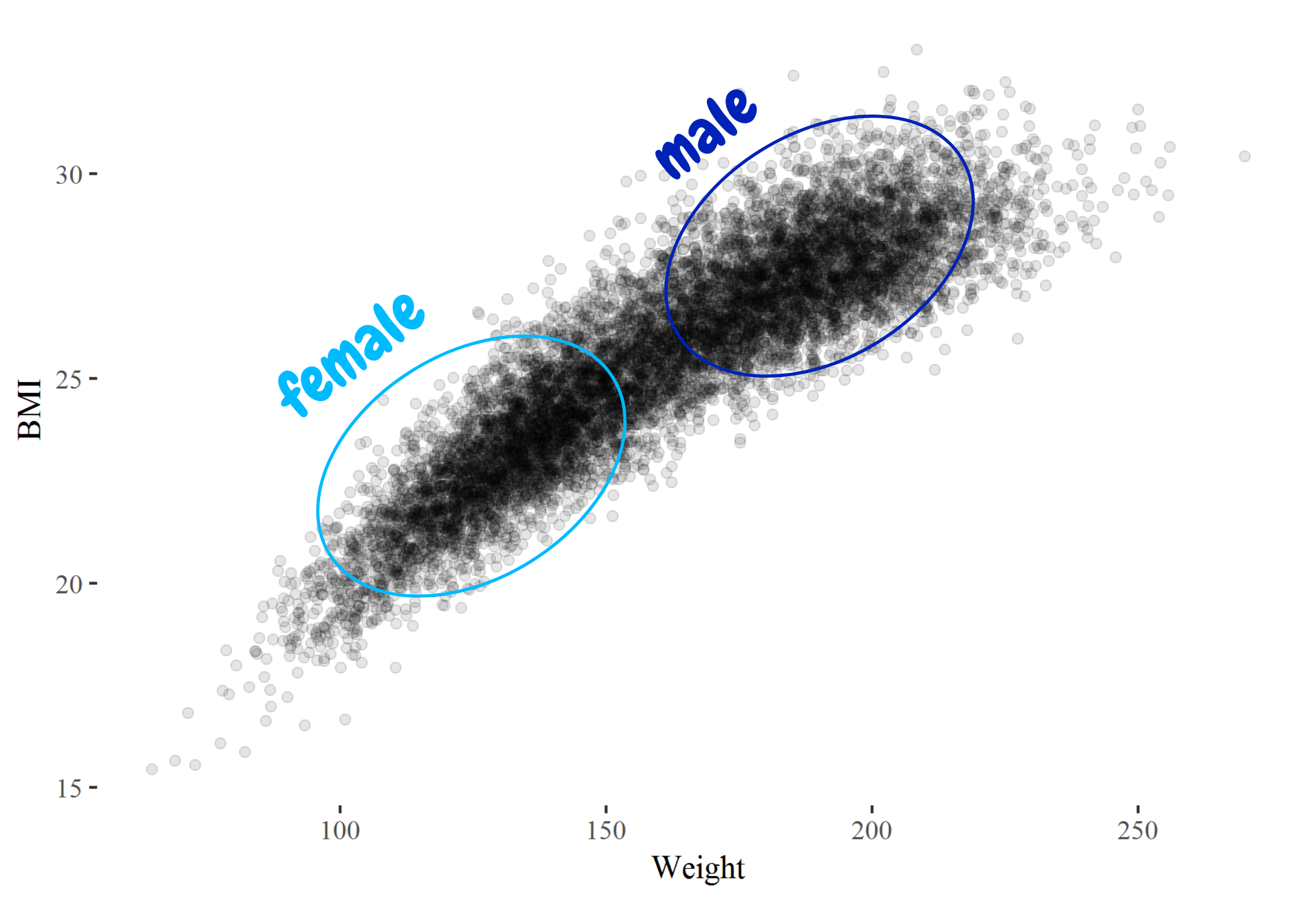
Under traditional cluster approaches
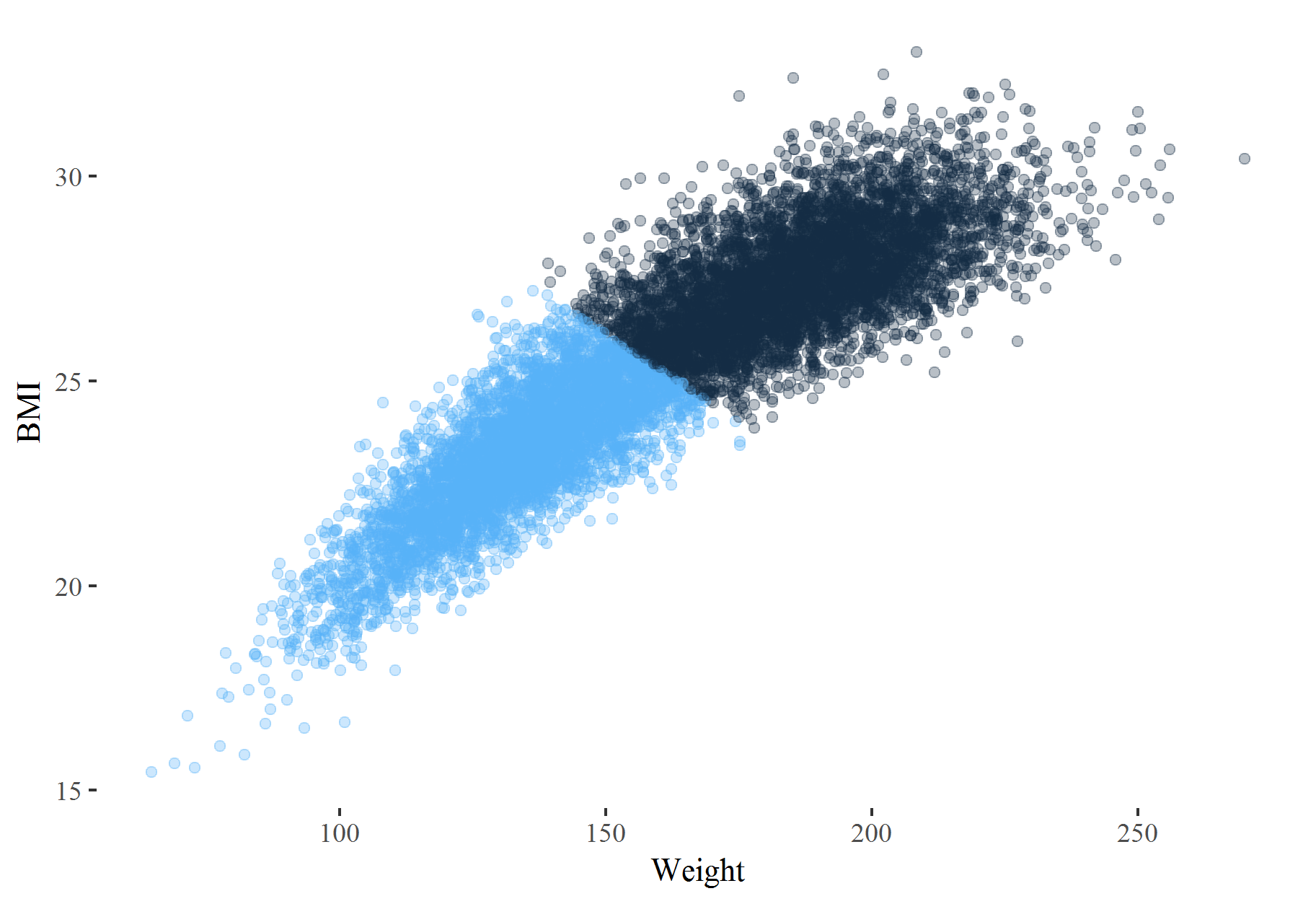
Model-based clustering
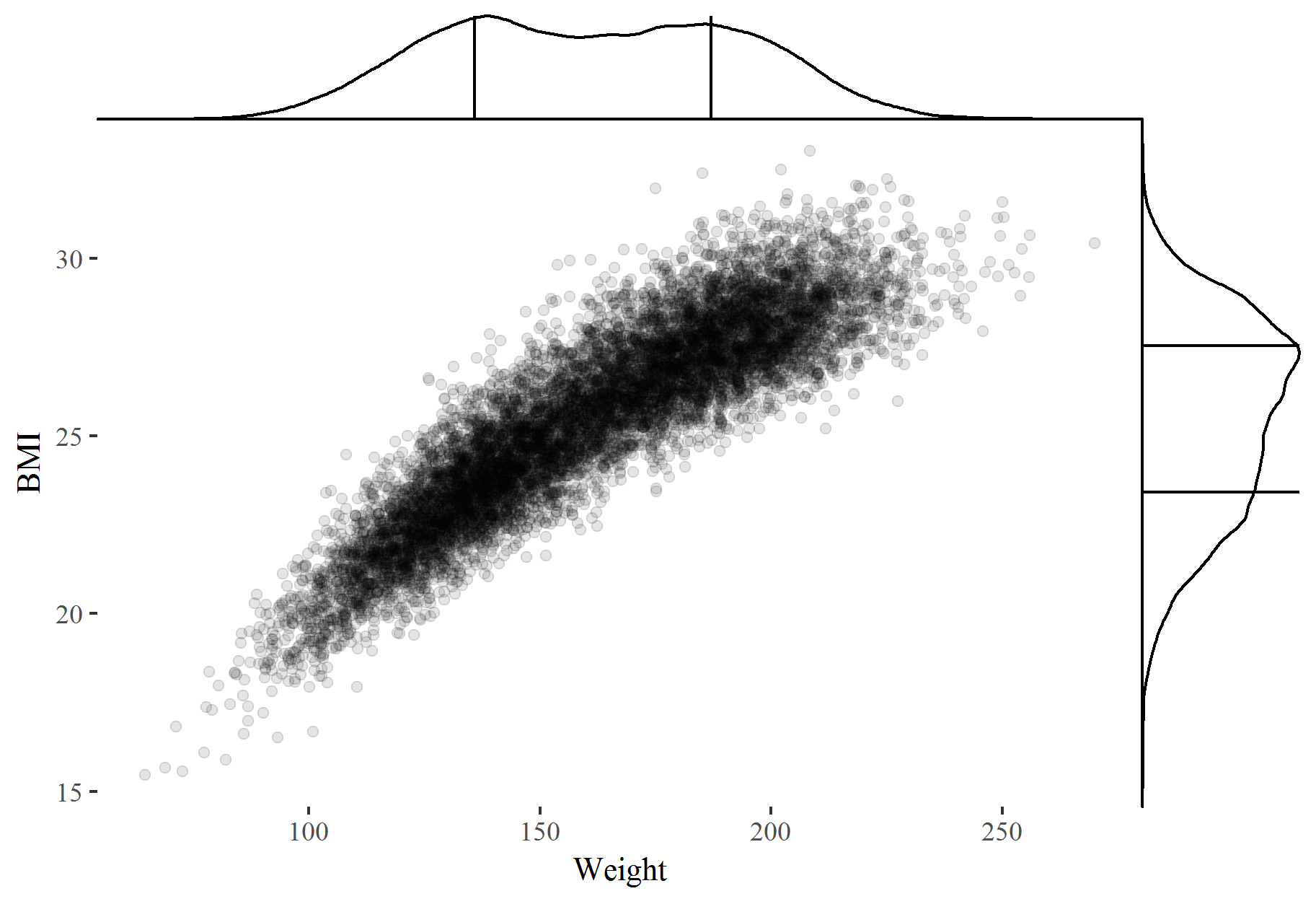
Model-based clustering
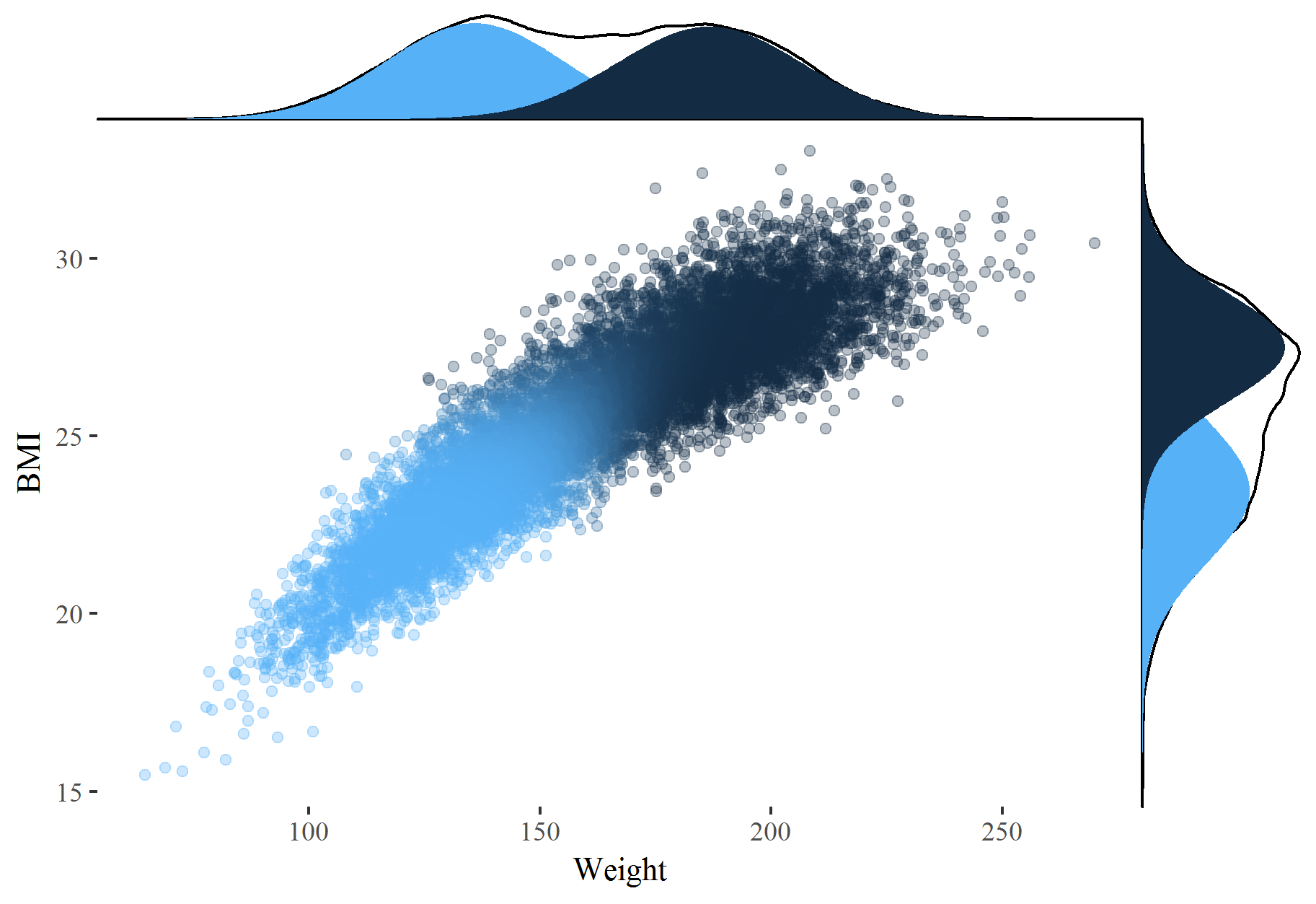
Let's practice!
Mixture Models in R

